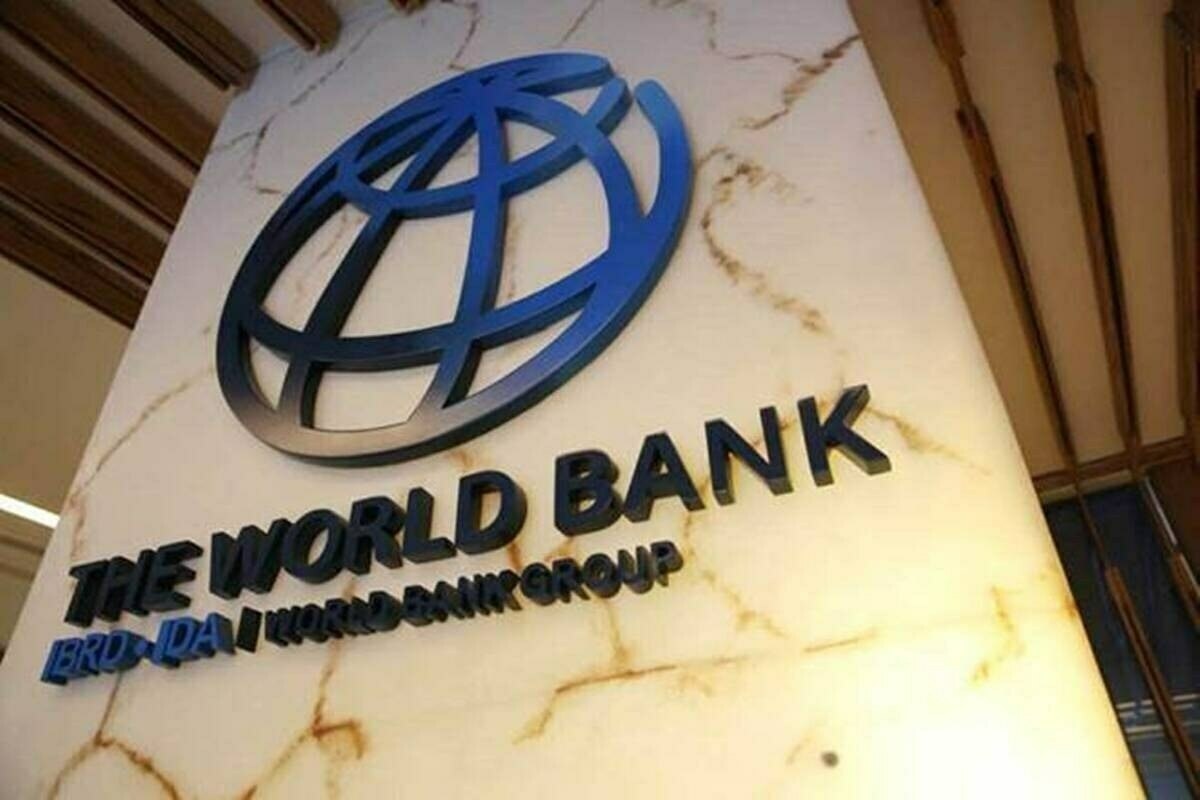
The report offers a plan for reducing economic inefficiencies that are now impeding productivity development. In order to shift resources away from real estate and non-tradables and towards dynamic tradable sectors like manufacturing and tradable services, critical reforms include harmonising direct taxes across sectors, lowering import duties, and reversing the anti-diversification bias of export incentives.
The economy of Pakistan is in a crucial stage. It could be a turning point where it is necessary to address immediately long-term structural imbalances that have for too long hampered sustainable growth. According to senior economist and report co-author Gonzalo J. Varela, "the report makes a number of policy proposals to accomplish this in a systematic manner.
Positive impact on productivity
The report exhorts Pakistan to maximise positive effects on businesses and productivity across the board by lowering regulatory complexity, coordinating the GST across provinces, reforming investment laws to draw in more foreign direct investment, and updating insolvency laws to lower the costs of liquidating non-viable firms
The three key components of growth—productivity, firm and investment growth, and female labour force participation—were the emphasis of the report on Pakistan.
It offers fresh data on the dynamics of firm productivity in various economic sectors, the trends in firm expansion and investment, and the distribution of female talent.
Women’s participation
Pakistan does not use all of its talent, which has an impact on productivity. "Women in Pakistan have made strides in their educational attainment, but this accumulated human capital is underutilised because of barriers they encounter to entering the labour field," said Najy Benhassine, the World Bank's country director for Pakistan.
According to the World Bank, Pakistan's female labour force participation rates are significantly lower than would be predicted for a nation at its level of development.—AFP.
Pakistan's female labour force participation percentages are significantly lower than would be predicted for a nation at its level of development. If Pakistan closes the gender employment gap with its counterparts, its GDP might increase by 5 to 23 percent, depending on how much supplementary labour is used.
If Pakistan's female employment gap with Bangladesh were to be closed, around 7.3 million additional jobs would be produced.
The research highlighted Pakistan's static or declining total productivity over the previous ten years, which was mostly caused by businesses and farms losing output over time. With a drop of 23% in 2020, the Covid-19 epidemic made the decline in enterprises' productivity worse.
While yields in the agriculture sector, namely for Pakistan's major crops, have increased over the past few decades, this is primarily because inputs have been used more intensively. While most crops have shown a decline in total factor productivity, there has significant provincial variation in this instance: Compared to Khyber-Pakhtunkhwa or Sindh, Punjab and Sindh have performed relatively well.
Pakistan's crops are particularly sensitive to changes in rainfall and high temperatures, making them particularly vulnerable to the effects of climate change.
‘Zombies’
A portion of the government's borrowing, which discourages private investment, is used to support businesses that might not be viable without government assistance.
State-owned enterprises (SOEs) and family-owned domestic companies are more likely to be zombie firms, according to this definition, and to display low investment rates. Pakistan has a disproportionately high proportion of these "zombie" firms, which are defined as businesses that have experienced losses for at least three years in a row.
The nation might make use of its untapped FDI potential, which is thought to be worth $2.8 billion yearly, to boost investment rates and attract large enterprises that could energise markets.
Pakistan’s untapped FDI potential is estimated at around $2.8bn a year. Tapping that potential would lead to more than doubling current inflow levels
Conclusion
"First, eliminate distortions that improperly use skill and resources. Second, rather than using broad subsidies, encourage business growth through clever interventions. To increase the feasibility analysis of publically sponsored projects or programmes, thirdly, establish a constructive, dynamic loop between evidence and policymakers, the World Bank official advised.
.jpeg)



